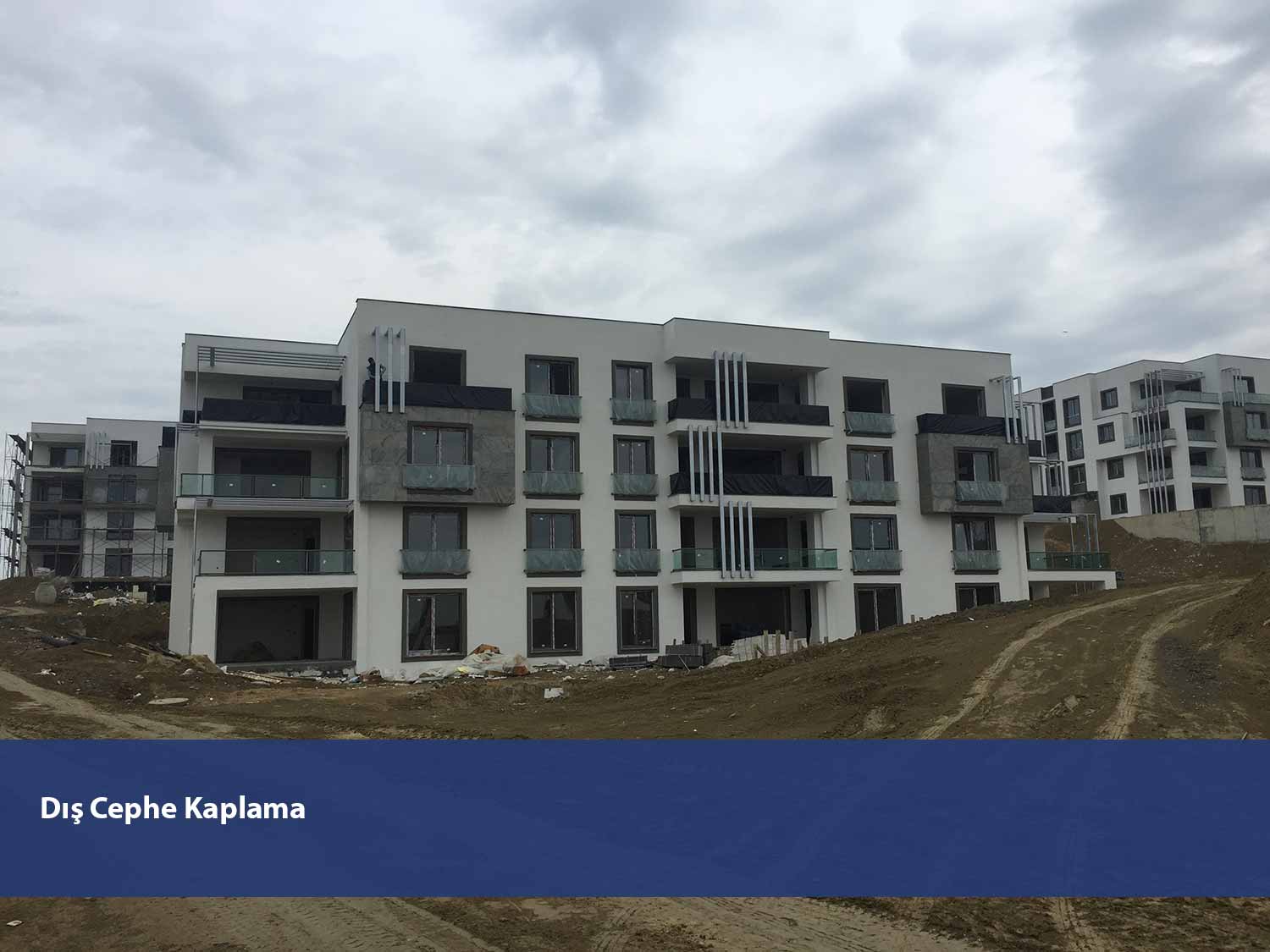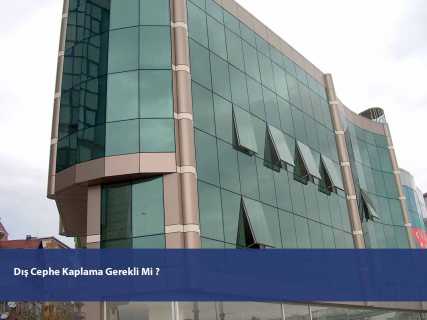Exterior Coating
Exterior facade coatings are also used to aesthetically complement the architectural style of the building, while at the same time providing effective protection against outside weather conditions such as rain, wind, snow, sun, which damage houses. The facade is covered with the lowest sound transmission, heat and water insulation also extends the life of the building.
Coating materials are generally selected and applied in accordance with the design and aesthetic appearance of the building. mainly wood in Turkey, precast, american siding, siding coatings, composites (alucobont), granite, aluminum, natural stone and glass facade coating is used, the USA, Canada and exterior firms in countries such as Australia widely (depending on the thermal conditions ) along with wooden exterior façades, american siding exterior façades are used.
Properties of Exterior Coating Materials
To be resistant to the chemical effects of the atmosphere,
Not to be disturbed by the harmful effects of sunlight,
Expansion due to the temperature differences and the damage caused by the narrowing,
Not to be spoiled by precipitation waters and not to contain water,
Not to be damaged by frost,
They must have basic features such as preventing the internal steam coming out from the inside from coming out.
In addition to these features related to building physics, materials are expected to have qualities that will make the building more beautiful on the aesthetic side, as well as texture properties, as it forms the visible face of the building.
Exterior facade materials are mainly handled in 5 groups in terms of application.
Outside Plumbing
Coatings Based on Adhesive Determined Plate
Natural and Artificial Stone Plates
Prefabricated Wall Coating Panels
Curtain Wall
Since exterior cladding is usually done during the construction phase of construction, implementing it in old houses is both costly and laborious. Binalara is the most popular of the later facades which can be done later, because of the fast applicability and economical reasons, the exterior cladding and siding facade covering. Both exterior coating systems provide both heat and water insulation, maintain durability for many years and aesthetically make our living spaces beautiful.
How to make Exterior Coating (Mantolama)
Subassembly Profile Application: The dimensions of the subassembly profile are determined according to the thickness of the plasterboard to be used. The profile wall is adjusted to create a smooth line with the water level and is fixed with anchor.
Bonding of Coating Plates: The prepared bonding is applied with the mortar frame method and is placed in a surprising (brick) position starting from the bottom of the outer surface and leaving no gap. Attention should be paid not to overflow the adhesive on the edges of the plates.
Plating of Plating Plates: Plastic anchors are used as mechanical fastening elements to prevent wind and turbulence effects. The number of plugs to be used is determined and applied according to plate type, weather conditions and building properties. The fenders are applied in the middle of the exterior facing plates and in the corresponding joints with the other plates.
Edge and Corner Applications: Edges and corners are the areas that are most affected by mechanical stress and must be protected. To protect this area and reduce the risk of cracking, an aluminum or textured plastil corner profile should be used.
Filamentous Plaster Application: The coating is applied on the plates with steel trowel. The furnishings should be buried in plaster when the mortar is still fresh and dry. In order to prevent possible cracks, 10 cm should be applied on top of each other at joints of the net. The thickness of the applied plaster should be 3-4 mm on two floors.
Last Floor Decorative Coating: After the first layer of plaster is completely dry, a textured top coat can be applied. It is advised not to apply under suitable weather conditions as it will lose its material properties during rainy weather. The number of qualified staff should be applied quickly without interruption.
Exterior Paint Application: Paint application on exterior walls should be applied to the facade with brush, roller or spray as two layers.






